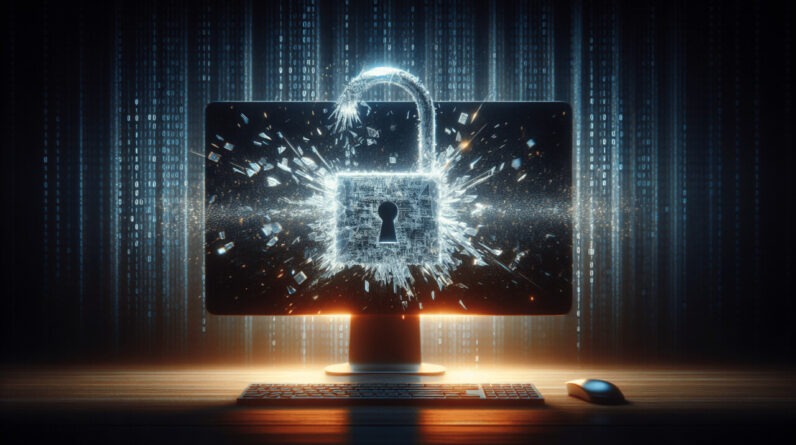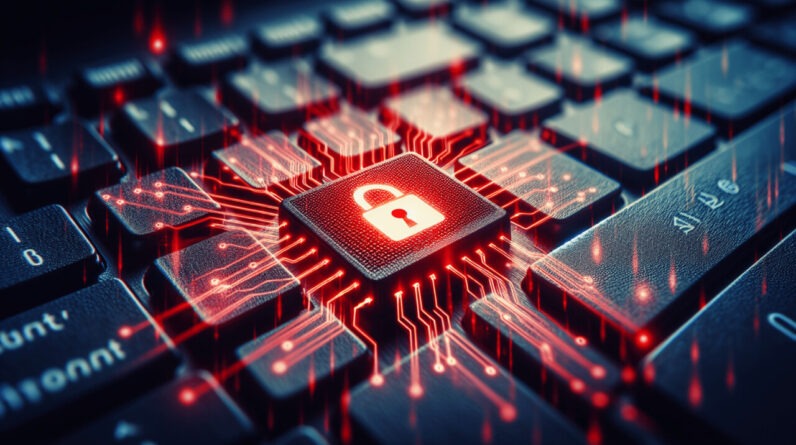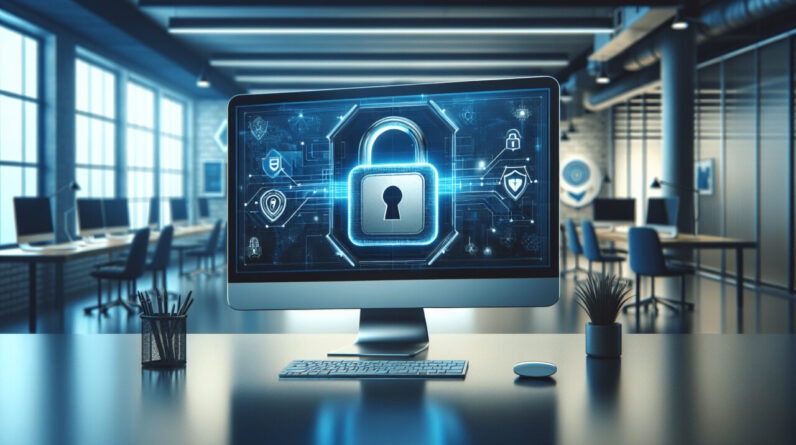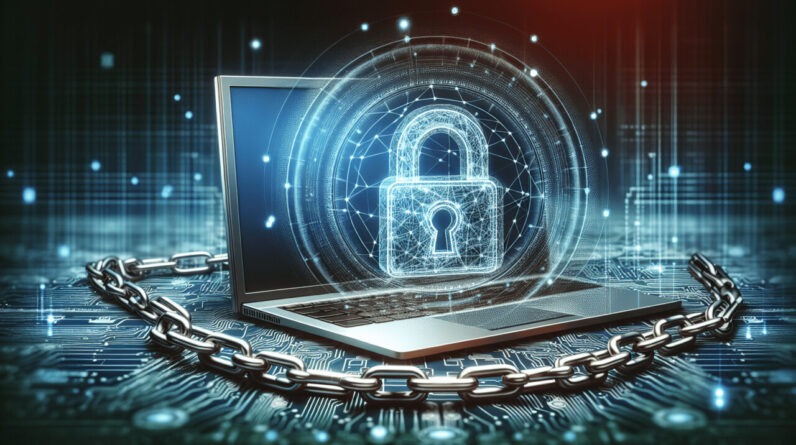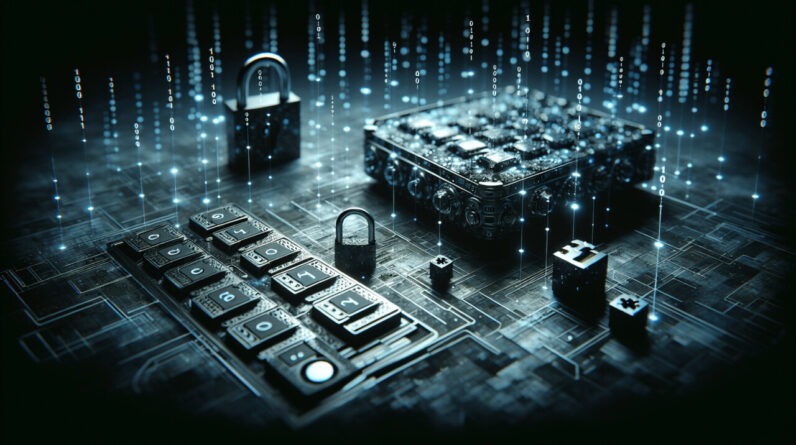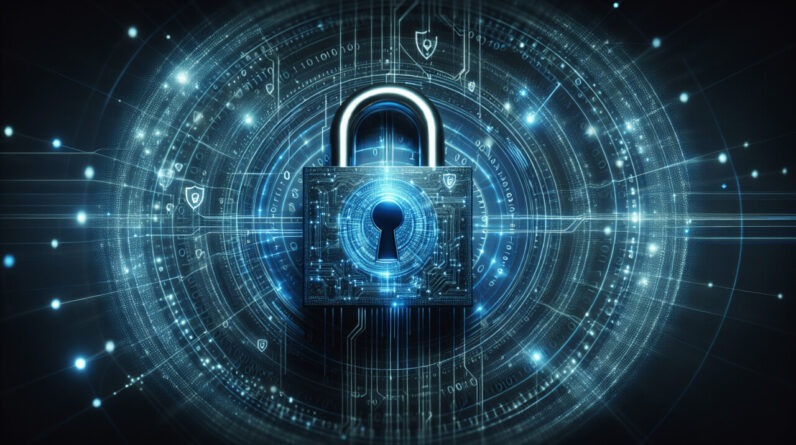
What steps do you take to ensure your online safety? The digital world can be both exhilarating and daunting, with countless opportunities for connection and information at your fingertips. However, with this accessibility comes the potential for risks. Understanding and implementing effective cybersecurity tips can significantly enhance your online experience and keep you and your information safe.
Table of Contents
Understanding Cybersecurity
Cybersecurity refers to the practice of protecting computers, servers, mobile devices, electronic systems, networks, and data from malicious attacks. It’s the armor you need to defend yourself against cyber threats. Getting familiar with cybersecurity concepts will help you make informed decisions about your online activities.
The Importance of Cybersecurity
In a world where almost everything is interconnected, practicing good cybersecurity is essential. Cyber threats can lead to identity theft, data loss, financial damage, and more. By taking proactive steps, you can safeguard your personal information and maintain your digital privacy.
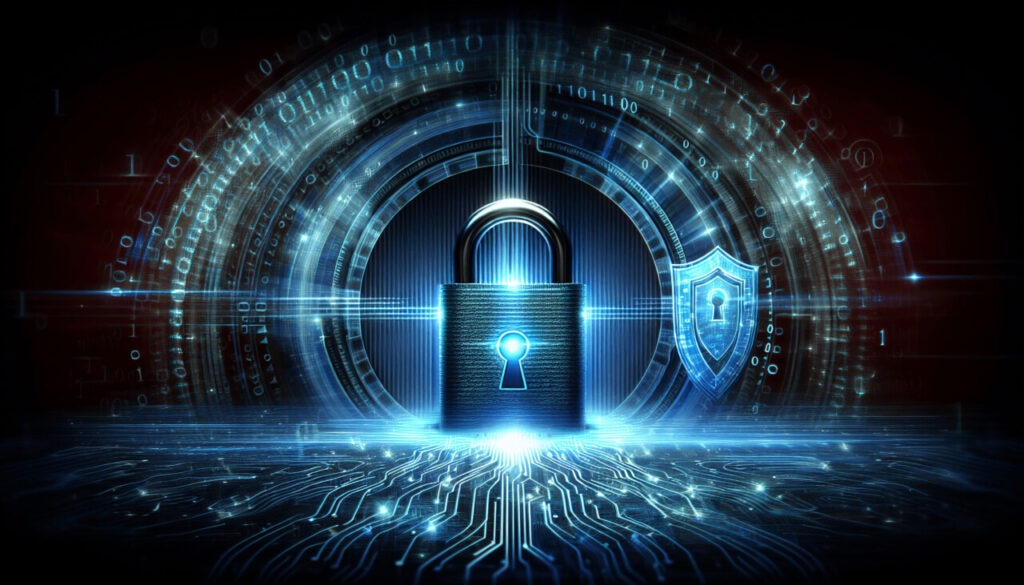
Simplifying Cybersecurity: 10 Tips for a Safer Experience
There are simple yet effective steps you can adopt daily to enhance your cybersecurity practices. Here’s a breakdown of ten core tips that can make a substantial difference.
1. Use Strong Passwords
Creating strong passwords is your first defense against unauthorized access. Passwords act like keys—weak ones are easy for intruders to pick.
-
What Makes a Strong Password?
A strong password typically consists of at least 12 characters, combining upper and lower case letters, numbers, and symbols. -
Examples of Strong Passwords
Weak Password Strong Password password123 J1m#G7pQ$4lX8fK2 123456 !P4s5w0Rd@2023$
2. Enable Two-Factor Authentication (2FA)
Two-factor authentication adds an extra layer of security by requiring two forms of verification before granting access. Even if someone manages to acquire your password, they would still need a second factor, often a temporary code sent to your phone.
- How to Enable 2FA:
Check the settings of your online accounts. Look for “Security” options and follow the prompts to add 2FA.
3. Regularly Update Software
Keeping your software updated can prevent cybercriminals from exploiting vulnerabilities. Software updates often include security patches.
-
Types of Software to Update:
Don’t forget about operating systems, browsers, and apps. Ignoring updates could leave you exposed. -
Setting Up Automatic Updates:
Most devices allow you to set automatic updates. Make sure this feature is turned on, so you never miss an important security enhancement.
4. Be Wary of Public Wi-Fi
Public Wi-Fi networks can be hotspots for cyber threats. While convenient, using them without precautions can compromise your personal information.
-
Using a Virtual Private Network (VPN):
A VPN encrypts your internet connection, making it much more challenging for hackers to access your data. -
Avoiding Sensitive Transactions on Public Wi-Fi:
If possible, refrain from conducting online banking or shopping while connected to public Wi-Fi.
5. Monitor Your Online Accounts
Regularly checking your online accounts for unauthorized activity is crucial. The sooner you spot any issues, the better your chances of rectifying them.
-
How to Monitor:
Make it a habit to review your bank statements, credit card transactions, and online accounts at least once a month. -
Setting Up Alerts:
Many financial institutions offer alert systems that notify you of suspicious activities. Turn these alerts on for added security.
6. Be Cautious with Emails and Links
Phishing scams are prevalent and can trick even the most cautious users into revealing personal information.
-
Identifying Phishing Emails:
Look for red flags like poor grammar, unfamiliar senders, and unsolicited attachments. -
Verifying Links:
Before clicking a link, hover over it to see where it directs. If it looks suspicious, steer clear.
7. Use Security Software
Investing in reliable security software can help protect you from malware, ransomware, and other threats. These tools provide real-time threat detection and could be a game-changer for your digital safety.
-
Choosing the Right Security Software:
Look for products with high ratings and positive customer reviews. Popular options include Norton, McAfee, and Bitdefender. -
Updating Security Software:
Regularly updating your security software ensures you have the latest protection and features.
8. Secure Your Home Network
Your home network’s security is essential, especially with the rise of remote work and smart devices. Make sure your Wi-Fi is secure to prevent unauthorized access.
-
Changing Default Router Settings:
Manufacturers often use standard usernames and passwords for routers. Change these to unique credentials immediately. -
Setting Up a Guest Network:
If you frequently have guests, consider setting up a guest network to keep your main network secure.
9. Be Mindful of Social Media Sharing
Over-sharing on social media can expose you to risks. While staying connected is important, you should be cautious about the personal information you share online.
-
Adjusting Privacy Settings:
Review your privacy settings on platforms like Facebook and Instagram. Limit who can see your posts and personal information. -
Recognizing Risks of Location Sharing:
Avoid sharing your location in real-time, as this can notify others about your whereabouts.
10. Educate Yourself about Cybersecurity Trends
Keeping yourself informed about the latest cybersecurity threats can significantly enhance your safety.
-
Following Cybersecurity News:
Websites dedicated to technology and security like Krebs on Security or CyberScoop often have relevant articles and updates. -
Participating in Online Courses:
Platforms like Coursera or Udemy offer courses on cybersecurity basics, helping you understand the landscape and how to protect yourself better.
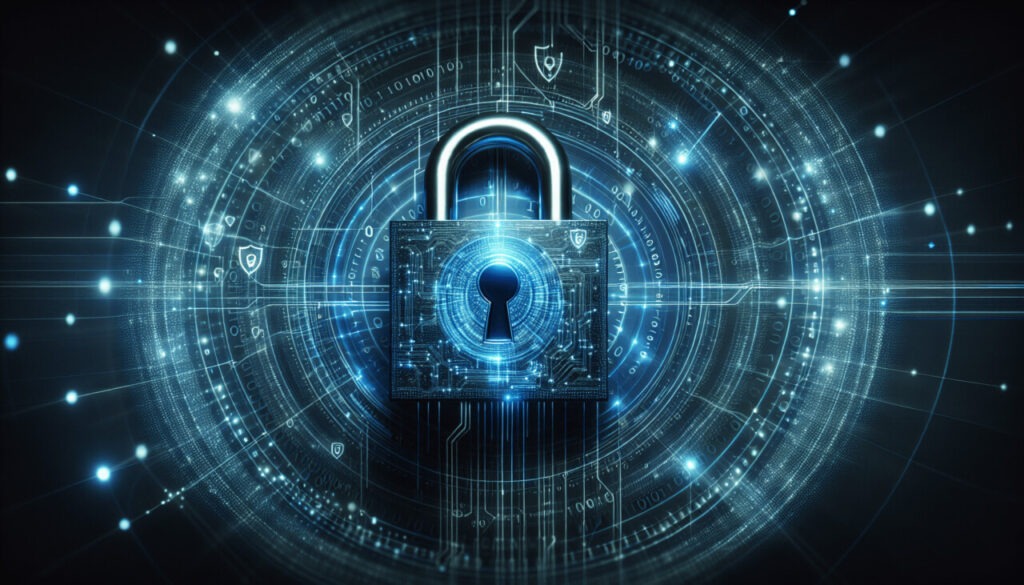
Conclusion
Taking control of your online safety is possible when you implement these ten cybersecurity tips into your daily routine. You don’t have to be a tech expert to protect yourself; small changes can add up to a significantly safer online experience.
Remember, cybersecurity is an ongoing process. Stay alert, keep informed, and make your online security a priority. Your digital life is valuable, and taking proactive measures ensures a safer and more enjoyable online journey. Start today—after all, the best time to enhance your cybersecurity is now!


